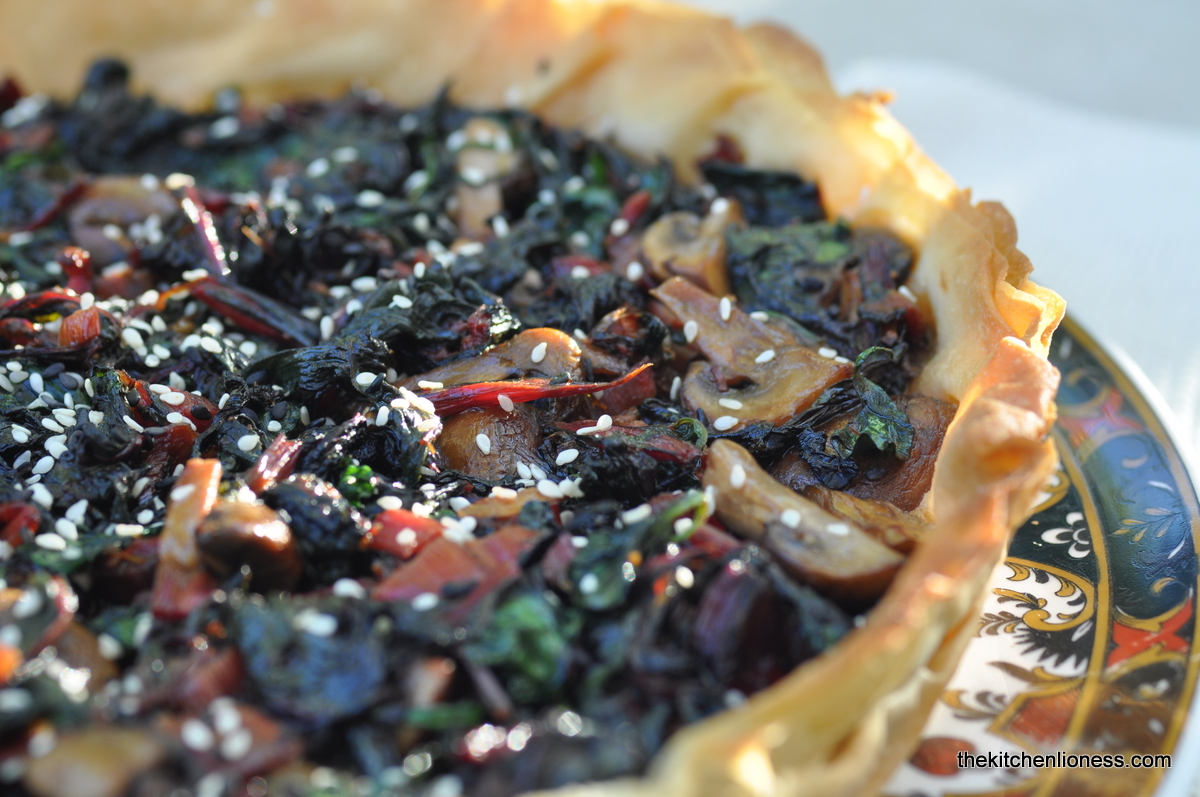This is what I am calling a perfect November recipe for Lebkuchen (German gingerbread cookies). Many traditional German recipes will call for leaving the dough to rest overnight, or letting the Lebkuchen dry on the baking sheets before baking them off the next day, you might also find yourself hunting down unusual leavening ingredients like potash (Pottasche) or baker’s ammonia (Hirschhornsalz). However, this recipe for easy November Lebkuchen with White Sugar Icing (or as I like to refer to them: 'everyday Lebkuchen') uses ingredients that you will probably already find in your cupboard around this time of year, well, maybe not the candied orange peel (you can substitute with candied lemon peel) but it is widely available come November.
So, if you get hungry for Lebkuchen but do not feel like waiting forever to be able to indulge, give this recipe a try. My taste testers are convinced that they taste absolutely delicious. They are moist, nutty, wonderfully spicy and fruity from the candied orange peel. Plus their frosty glaze makes them look festive.
The one thing to remember before getting started with these, is that you want to prepare the glaze just before the cookies come out of the oven. You make it with icing sugar and a bit of hot water, so that it sets quickly on the warm cookies, and it takes on a sort of frosted appearance as it dries. If you leave the Lebkuchen to cool while you make the glaze, or you make it with cold water, you don’t get the same pretty frosted effect.
To me, this is a perfect November recipe because it will lift your spirits as these Lebkuchen come together so easily, yet taste as delicious as any sophisticated Lebkuchen recipe.
As far as the spices are concerned, either use a ready-made German Gingerbread Spice Mix (Lebkuchengewürz) or go with Mixed Spice (typically made with allspice, cinnamon, nutmeg, mace, cloves, coriander, and ginger) or mix the spices yourself.
And if you cannot get your hands on baking wafers (Oblaten), make sure to place the Lebkuchen on baking parchment before baking.
November Lebkuchen with white Sugar Icing (November Lebkuchen mit weißer Zuckerglasur)
(yields about 24 small cookies)
Ingredients
For the Dough
- 40g unsalted butter, room temperature
- 75g soft brown sugar (weicher brauner Rohrzucker/cassonade brune)
- 50ml runny honey (local if possible)
- 1 egg (M), organic or free range
- 40ml milk, room temperature (I use 3.5%)
- 2 tsp ready made Gingerbread Spice Mix (Lebkuchengewürz) OR Mixed Spice OR homemade Gingerbread Spice Mix*
- 1 pinch fine sea salt
- 100g plain (AP) flour (Type 405)
- 100g almond meal OR finely ground natural almonds
- 1 tsp baking powder (I use Weinsteinbackpulver)
- 1/2 tsp baking soda
- 1 tbsp cocoa powder (unsweetened)
- 100g chopped nuts (almonds, hazelnuts, OR walnuts)
- 60g finely chopped candied orange peel (Orangeat), either store bought or homemade
- 24 baking wafers (Oblaten), small (5cm/2in)
For the Sugar Glaze
- 150g icing (powdered) sugar
- hot water
Preparation
- Preheat your oven to 180°C (355°F) and line two rimmed baking sheets with baking parchment.
- Put the butter, brown sugar, honey, egg, milk, gingerbread spice mix and salt in a bowl. Beat until the mixture is well combined.
- Add the flour, almond meal, baking powder, baking soda and cocoa powder and mix well.
- Finally fold in the chopped nuts and chopped candied peel. The mixture will be soft and sticky, but should not be runny.
- Divide the dough into 24 portions – take tablespoons of the dough and place on the baking wafers – 12 cookies per sheet.
- Bake the Lebkuchen for about 15 minutes, or until they just puff up slightly and look dry and just beginning to brown at the edges.
- Just before the Lebkuchen come out of the oven, prepare the simple white sugar icing: sift the icing sugar into a bowl and gradually whisk in enough hot water to make a smooth icing that coats the back of a spoon – you should be able to brush it onto the Lebkuchen, but it should not be too runny or watery. Remove the Lebkuchen from the oven and immediately brush each with the warm sugar glaze. As they cool, the Lebkuchen should take on a „frosted“ appearance. Let the icing set completelely before serving
*Gingerbread Spice Mix (Lebkuchengewürz)
Ingredients
(makes 30 grams/4 tbsp)
- 4 tsp Ceylon cinnamon, ground
- 3 tsp coriander, ground
- 1 tsp cloves, ground
- 1 tsp anise seeds, ground
- 1 tsp nutmeg, ground
- 1 tsp star anise or fennel seeds, ground
- 1 tsp ginger, ground
- 1 tsp cardamom, ground
Preparation
- Blend all spices together.
- Store in a tightly sealed small glass jar away from light (or a spice tin). Will keep for four months.
"And I had but one penny in the world, thou should'st have it to buy gingerbread."
William Shakespeare, "Love's Labor's Lost"
For more Lebkuchen inspiration, pls have a look at my other recipes:
- Elisenlebkuchen (Traditional German Gingerbread) (HERE)
- Gingerbread Biscotti (Lebkuchen Biscotti) (HERE)
- Honey-Gingerbread Cutouts (Honig-Lebkuchen-Pferde) (HERE)
- Pains d' Épices de Saint Nicolas (Saint Nicholas Gingerbread/Nikolauslebkuchen) (HERE)















